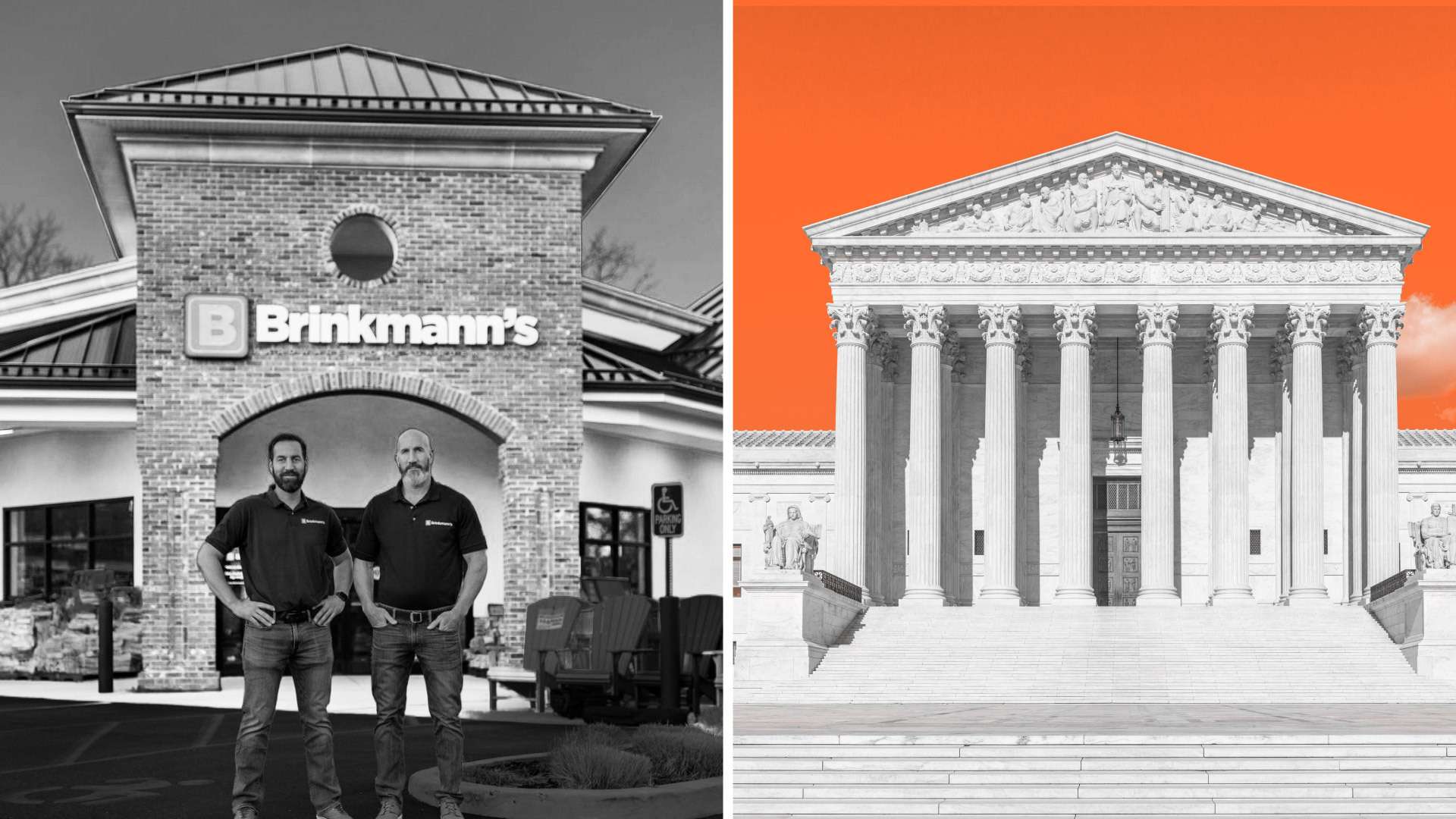When the government deceives about the reasons for seizing your property, it raises a crucial concern, as seen in Brinkmann v. Town of Southold, a case under review by the Supreme Court.
Property rights are closely linked to economic stability and community well-being. Property provides individuals with a place to raise families, establish communities, start businesses, practice their faith, and express their opinions. This is particularly significant for marginalized groups that are most susceptible to the desires of a hostile majority. However, like all constitutional rights, property rights only hold value if our courts uphold them.
The Fifth Amendment was established by our founding fathers as a means to safeguard property rights. Its Takings Clause limits the government’s authority to seize land through eminent domain, stipulating that any taking must be “for public use.” But what happens when the government misleads about the purpose of land acquisition, pretends it’s for public use, and a judge unquestioningly accepts the government’s rationale?
Take, for example, the case of Bruce’s Beach, a black resort in Manhattan Beach, California, in the early 20th century. Just decades after emancipation, Willa Bruce and her husband relocated to Los Angeles to operate a small seaside enterprise. In 1912, they acquired a plot of land and established a retreat where patrons could purchase refreshments, rent swimwear, and enjoy the beach.
Shortly after opening, white neighbors and local authorities became agitated and harassed the guests. Despite these challenges, Bruce’s Beach thrived, expanding from a modest cottage to a two-story building to accommodate the growing clientele. Encouraged by its success, other black families also invested in property in the area.
As opposition mounted, Bruce remained steadfast. “I own this land,” she declared. “And I will retain it.”
Left with no recourse, Manhattan Beach officials turned to eminent domain to force the Bruces out of business. To justify the seizure, the city concocted a “public use” pretext, asserting the land was required for “public park purposes.”
While public parks are indeed a legitimate public use, this park was merely a facade. In the ensuing three decades, no park materialized on the property, yet the Bruces—and their enterprise—were ousted.
Instances of pretextual takings are abundant. In the 1950s, officials targeted the thriving black community of homes and businesses known as Belmar Triangle in Santa Monica, California. A series of disingenuous takings devastated the area and displaced families under the guise of “urban renewal.” However, the city ultimately only erected a parking lot for a new event space.
In the 1980s, Burlington, Massachusetts, targeted affordable housing by employing eminent domain for a deceitful park scheme until the state’s highest court intervened. Similarly, Branford, Connecticut, attempted a similar ploy in 2010. During that same period, officials utilized eminent domain to target a mosque in Wayne, New Jersey. Following unsuccessful attempts to halt construction through other means, the township claimed it required the land for “open space.”
Such abuses effectively invert the purpose of the Takings Clause. Instead of safeguarding property owners, the provision legitimizes unscrupulous land seizures.
Now, the Supreme Court has an opportunity to address the misuse through a petition filed by brothers Ben and Hank Brinkmann. Their legal battle commenced in 2017 when they sought to construct a hardware store on their property in Southold, Long Island.
Opposed to the project, town officials employed various tactics to impede the brothers’ plans. The mayor personally intervened in the land sale, and municipal authorities demanded exorbitant fees for an impact assessment. After complying with these demands, the officials imposed a questionable building permit moratorium, targeting only a small section of road encompassing the Brinkmanns’ land. Nevertheless, the brothers persisted.
When all else failed, Southold resorted to eminent domain to seize the Brinkmanns’ property. What purported “public use” did the town fabricate as justification for this bad-faith seizure? Officials cited the need for a “passive use park,” essentially an empty field. In essence, the public use was a ruse.
Earlier this year, the 2nd U.S. Circuit Court of Appeals validated the town’s deceitful seizure, with the majority ruling that “when the taking is for a public purpose, courts do not scrutinize alleged pretexts and motives.” While all three judges acknowledged the Brinkmanns’ claim of a pretextual taking, two judges upheld the majority’s stance that the Fifth Amendment offers no protection.
In a dissenting opinion, Judge Steven Menashi held a different perspective: “In my opinion, there is no Fake Park Exception to the public use requirement of the Takings Clause in the Constitution.”
As seen in the Manhattan Beach case and numerous others, revealing the truth would have thwarted Southold’s scheme against the Brinkmanns. Instead, the town opted to deceive about the “public use” to feign compliance with the Fifth Amendment.
Brinkmann v. Town of Southold is now at the doorstep of the Supreme Court. If the government can shield itself with false assertions of public use, property rights—and the Fifth Amendment—lose their significance.
This case transcends one family’s quest to establish a hardware store. It underscores the importance of holding the government accountable for its falsehoods and ensuring that constitutional safeguards carry weight. When the government deceives, it falls upon the courts to uphold our rights.





